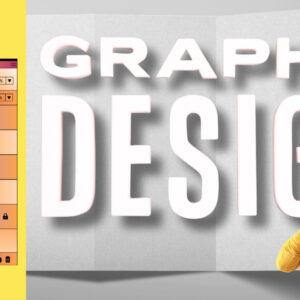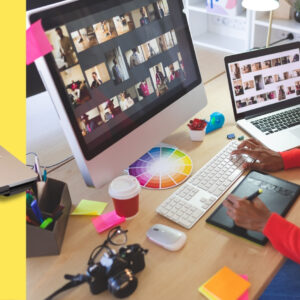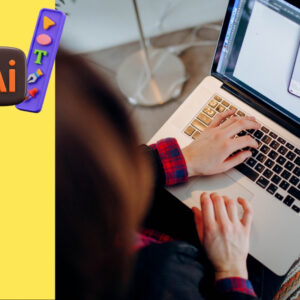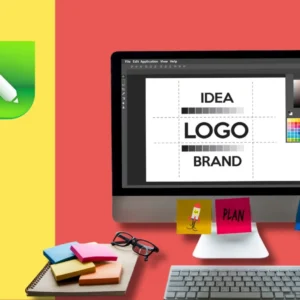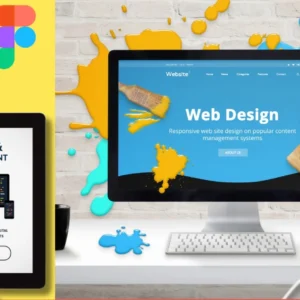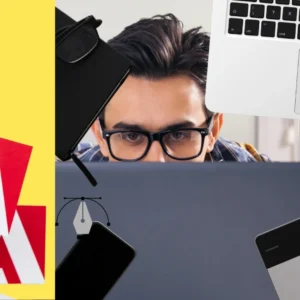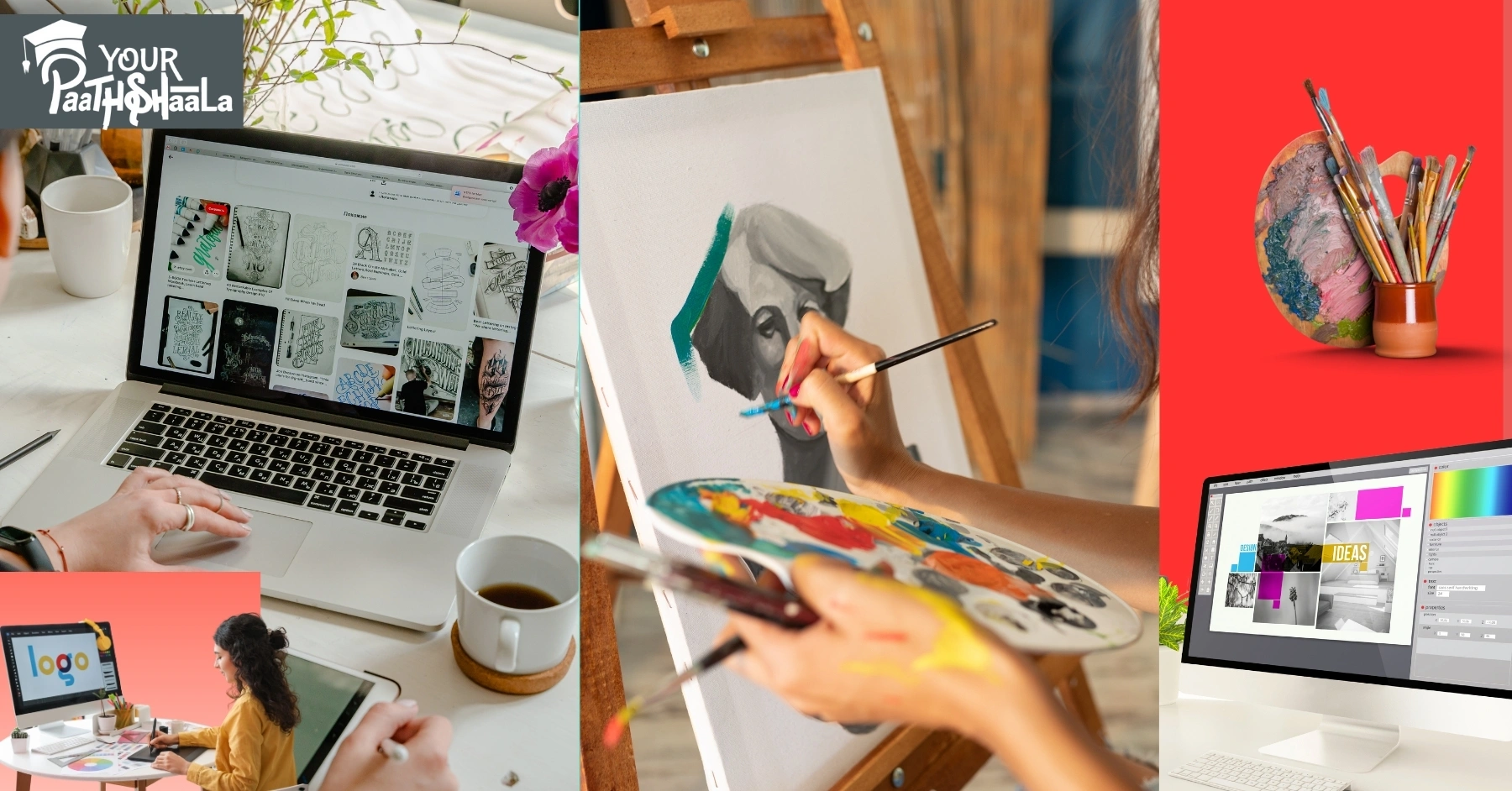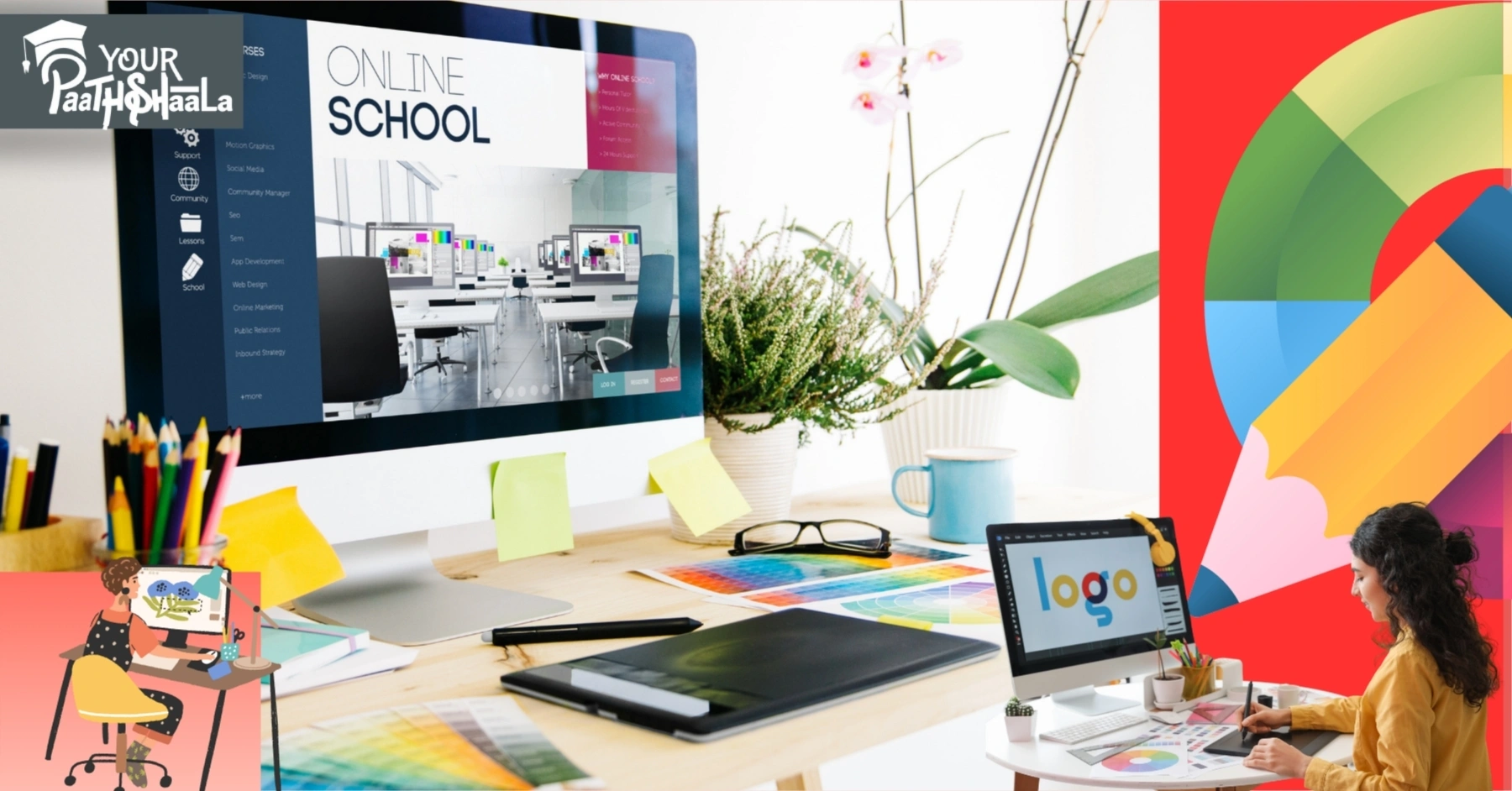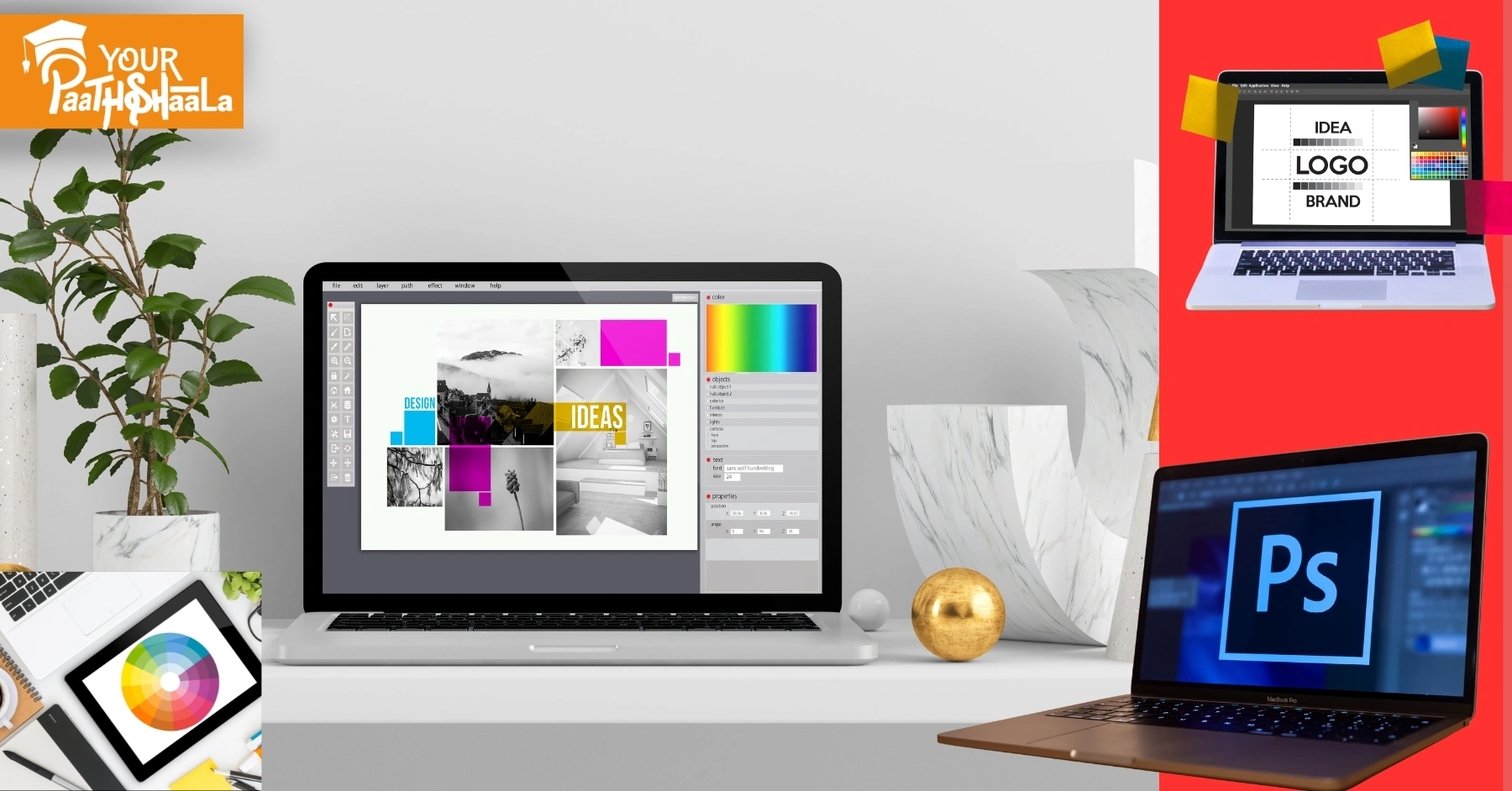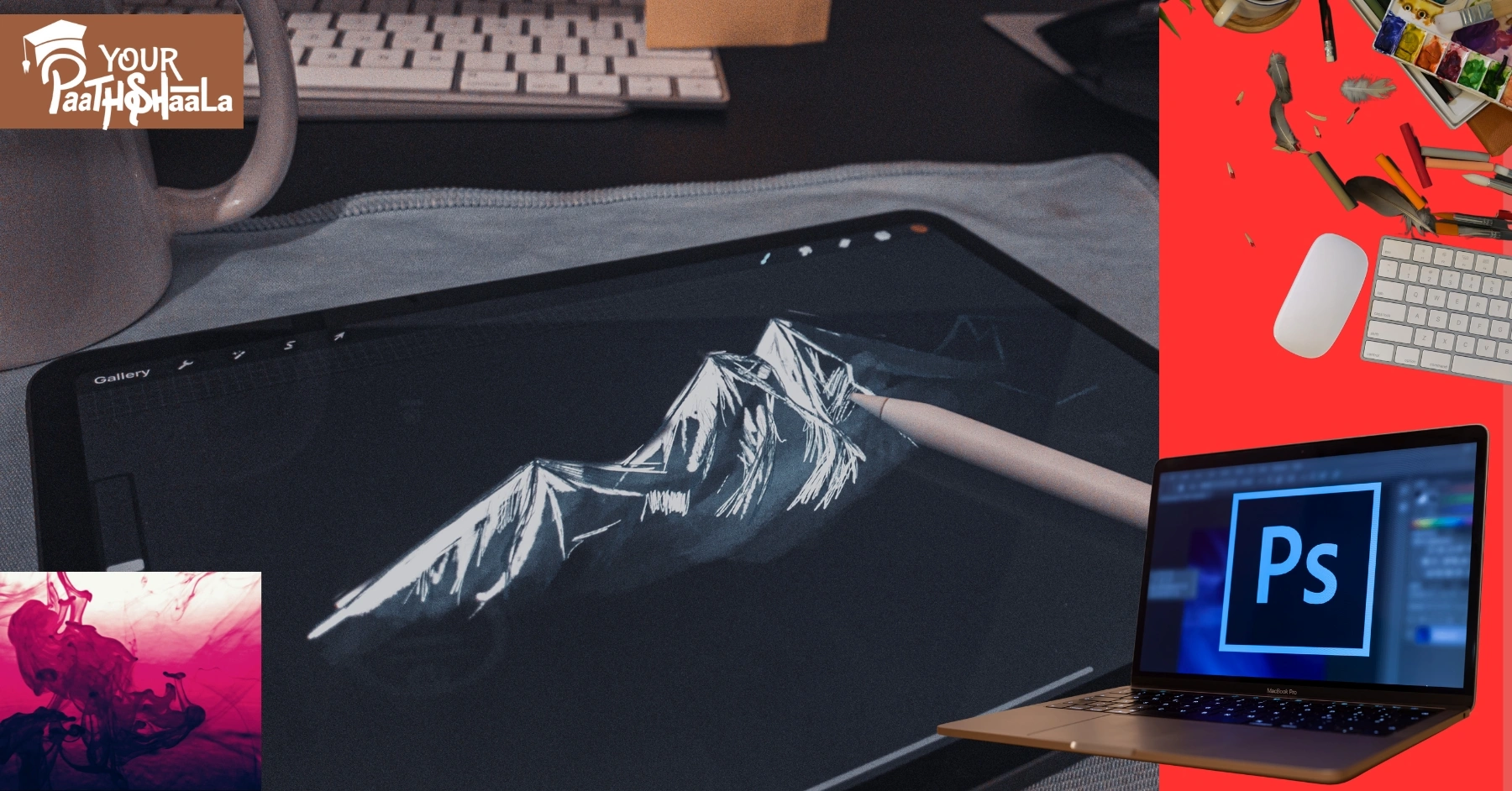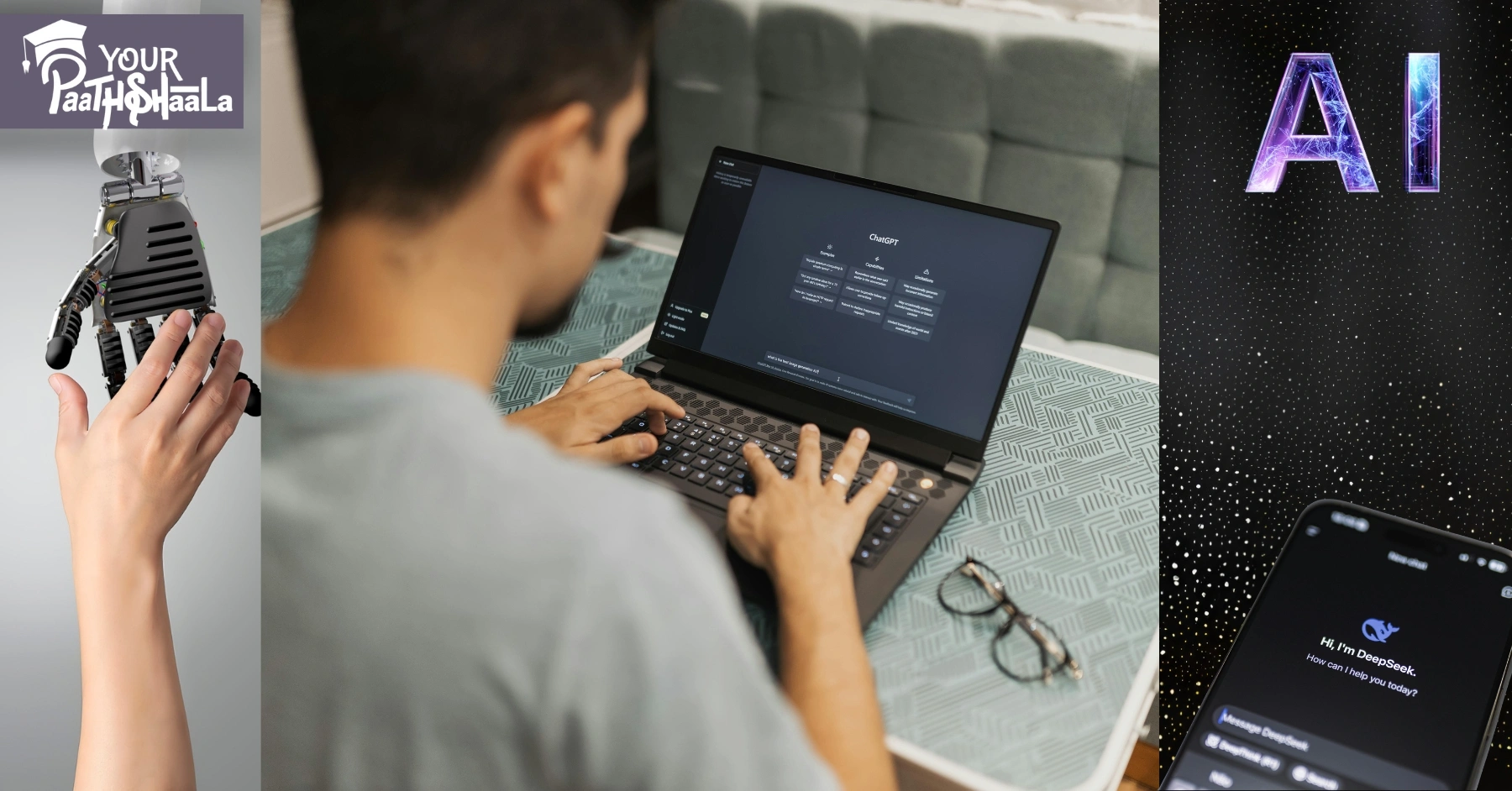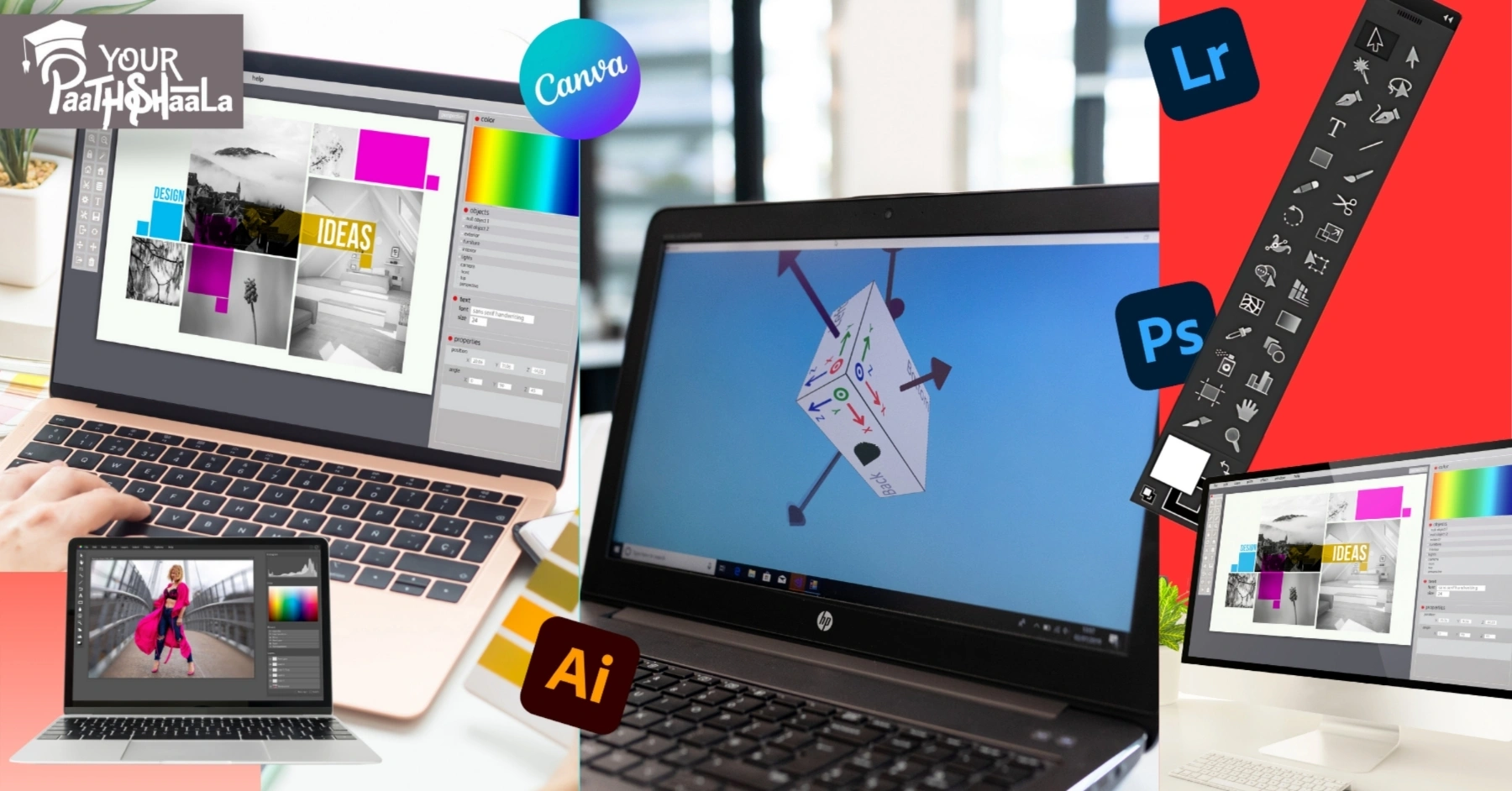
In 2025, choosing the right software for graphic design is the first step for Indian beginners eager to create stunning visuals in a thriving $50,000 crore digital market, per IAMAI. With accessible tools, anyone can start designing logos, social media graphics, or posters without prior experience. This beginner-friendly guide lists essential software for graphic design, tailored for India’s vibrant creative scene. For example, creating a Diwali-themed poster is achievable with free tools. Whether you’re freelancing in Delhi or learning in a small town, these tools will kickstart your journey. Ready to dive in? Let’s explore the software for graphic design you need in 2025!
Why Choosing the Right Software Matters
Selecting the best software for graphic design sets the foundation for your creative career. First, it ensures you can create professional visuals, like logos or infographics, efficiently. Next, it aligns with your budget and skill level, crucial for beginners in India. For instance, free tools like Canva help you start without high costs. However, picking the wrong software can slow your progress or overwhelm you. The right software for graphic design boosts confidence and productivity.
What is Graphic Design Software?
Graphic design software enables you to create visual content, like posters, branding, or UI designs, using tools for editing images, typography, and layouts. These programs range from beginner-friendly platforms like Canva to advanced tools like Adobe Photoshop. Creative Bloq notes that 2025 trends favor software with AI-driven features for efficiency. For example, a tool can help design a vibrant festival ad in minutes. Understanding these tools helps you choose the best software for graphic design.
Benefits of Using the Right Software
Using the right software for graphic design offers multiple advantages. It simplifies workflows, making it easier to create professional designs quickly. It also provides templates and features tailored for beginners, reducing the learning curve. In India, where mobile-first designs are key (70% of users, per IAMAI), software ensures versatility. For instance, a tool like Figma can create mobile-friendly graphics. However, choosing overly complex software may frustrate beginners.
Essential Software for Graphic Design in 2025
These beginner-friendly tools are ideal for Indian designers starting graphic design on a budget. Each is selected for accessibility, functionality, and relevance to 2025 trends.
Canva
- Cost: Free or ₹500/month (Pro).
- Features: Drag-and-drop interface, templates for social media, posters, and infographics, AI-driven design tools.
- Why Use It: Perfect for beginners, with thousands of templates for Indian festival graphics, like Diwali posts.
- Best For: Quick designs, social media graphics, and presentations.
- Availability: Web, mobile app, desktop (free to start).
GIMP
- Cost: Free.
- Features: Open-source, supports photo editing, vector graphics, and custom brushes, similar to Photoshop.
- Why Use It: Budget-friendly for Indian beginners, ideal for detailed editing like logo creation.
- Best For: Photo manipulation and custom designs.
- Availability: Windows, Mac, Linux.
Adobe Photoshop
- Cost: ₹500-₹3,000/month (with free trial).
- Features: Industry-standard for photo editing, typography, and complex designs, with AI tools like Adobe Sensei.
- Why Use It: Offers professional polish for projects like branding kits.
- Best For: Advanced editing and professional projects.
- Availability: Windows, Mac, cloud-based.
Figma
- Cost: Free plan or ₹1,000/month (Professional).
- Features: Cloud-based, supports UI/UX design, collaboration, and prototyping.
- Why Use It: Great for team projects and mobile-friendly designs, popular in India’s tech scene.
- Best For: UI/UX design and collaborative work.
- Availability: Web, desktop app.
Adobe Illustrator
- Cost: ₹500-₹3,000/month (with free trial).
- Features: Vector-based design for logos, illustrations, and scalable graphics.
- Why Use It: Ideal for creating crisp, scalable designs like festival logos.
- Best For: Vector art and branding.
- Availability: Windows, Mac, cloud-based.
Additional Tools
- Google Fonts: Free, offers culturally relevant fonts like Noto Sans Devanagari for Indian designs.
- Krita: Free, open-source, great for digital painting and artistic graphics.
- Inkscape: Free, vector-based alternative to Illustrator for logo design.
These tools cater to beginners, with free options like GIMP and Canva, making software for graphic design accessible in India.
6 Steps to Choose and Use Software for Graphic Design
Follow this beginner-friendly guide to select and use software for graphic design in 2025, tailored for India’s design scene.
1. Assess Your Needs and Budget
Identify your goals, like creating social media posts or logos, and your budget. For example, choose Canva for free, quick graphics or Photoshop for professional work. List project types, like festival ads, to guide your choice. Free tools suit beginners; paid ones offer advanced features. This ensures you pick the right software.
2. Start with Free Tools
Begin with free software like Canva or GIMP to build confidence without cost. For instance, use Canva to design a Rakhi-themed social media post. Explore tutorials on YouTube to learn interfaces. Spend 5-10 hours weekly practicing. Free tools make starting affordable for Indian beginners.
3. Learn Tool Basics
Master one tool’s core features, like Canva’s templates or GIMP’s layers, through free tutorials. For example, learn to create a festival flyer in Canva. Dedicate 10 hours weekly to practice tasks like resizing images. Focus on Indian-inspired designs for relevance. This builds foundational skills in 1-2 months.
4. Experiment with Projects
Create 3-5 small projects, like posters or logos, using your chosen software. For instance, design a Holi-themed infographic in Canva or a logo in GIMP. Use templates to speed up learning, then customize for uniqueness. Share on Instagram for feedback. Projects solidify your skills in 2-3 months.
5. Explore Advanced Tools
Transition to tools like Photoshop or Figma for professional features after mastering basics. For example, use Photoshop to refine a festival ad or Figma for a mobile app mockup. Take free trials to test advanced options. Spend 10-15 hours weekly to learn. This prepares you for complex projects in 3-6 months.
6. Build a Portfolio
Compile 5-10 projects, like social media graphics or branding kits, using your tools. Use Behance or a ₹2,000/year domain on Hostinger to showcase work. For instance, include a Diwali poster made in Canva. Ensure designs are mobile-friendly for Indian audiences. A portfolio highlights your software skills in 6-9 months.
Total Time: 6-12 months to gain proficiency, ongoing for mastery
Common Mistakes to Avoid
Avoid these pitfalls when choosing software for graphic design. First, don’t start with complex tools like Photoshop; they overwhelm beginners. Next, avoid sticking to one tool; diversify for versatility. Also, don’t ignore free tutorials; they save time and money. For example, skipping Canva’s guides may slow your progress. Finally, don’t neglect mobile optimization; Indian clients prioritize mobile-first designs.
Tips for Using Software Effectively
To excel with software for graphic design in India, follow these tips. First, start with Canva’s free plan to learn without cost. Next, focus on Indian-inspired designs, like festival posters, for local appeal. Additionally, join LinkedIn groups like Graphic Designers India for tool tips. For example, a vibrant Holi graphic can attract clients. Finally, practice daily to master interfaces.
2025 Trends in Graphic Design Software
In 2025, graphic design software evolves, per Creative Bloq and Canva. AI-driven tools, like Adobe Sensei and Canva AI, automate tasks like color selection, trending in India. Vibrant Indian-inspired typography, like Noto Sans Devanagari, enhances cultural designs. X posts highlight micro-animations for social media graphics. For example, an animated logo in Figma boosts engagement. Choosing software with these features keeps you relevant.
Why Software Matters in India
India’s design industry is booming, with digital ad spending projected at ₹50,000 crore by 2026, per IAMAI. The right software for graphic design helps beginners create professional visuals for startups and brands. For example, a Canva-designed festival ad can win local clients. Accessible tools like GIMP lower entry barriers. Mastering software ensures you thrive in this market.
Budgeting for Graphic Design Software
Starting graphic design is affordable for Indian beginners. Canva, GIMP, and Inkscape offer free plans, while Photoshop costs ₹500-₹3,000/month with free trials. Free tutorials on YouTube or W3Schools reduce learning costs. A basic laptop costs ₹20,000-₹50,000. For example, a setup with free tools and a ₹2,000/year portfolio site keeps expenses low. Budget wisely to focus on creativity.
Scaling Your Software Skills
Once you master software for graphic design, scale your skills for growth. Create a portfolio with diverse projects, like logos or UI mockups, using Canva and Photoshop. Offer services on WorknHire, charging ₹2,000-₹10,000 per project. For instance, specialize in festival-themed graphics for Indian brands. Promote on Instagram to attract clients. Scaling builds a sustainable career.
Free vs Paid Software: Finding the Balance
Free software like Canva and GIMP is ideal for beginners, offering templates and basic editing. Paid tools like Photoshop provide advanced features for professional polish. For example, use Canva for quick drafts and Photoshop for refinements. Free tools suit budget-conscious Indian designers; paid ones enhance quality. Combine both for versatility.
Finding Inspiration with Software
Use software to explore Indian culture, like Madhubani art or festival colors, for relevant designs. For instance, create a Rakhi-themed graphic in Canva for inspiration. Browse Behance for global trends or Design in India for local ideas. Keep a Notion board for design ideas. Inspiration enhances your software-driven projects.
Conclusion
Choosing the right software for graphic design in 2025 is crucial for Indian beginners to start creating professional visuals. From free tools like Canva to advanced options like Photoshop, this guide helps you select and master software. Use our step 1 to 6 roadmap to learn, practice, and build a portfolio. For example, design a festival poster to test your skills. Avoid pitfalls like starting with complex tools or skipping tutorials. Ready to begin? Start with the best software for graphic design today and shine in India’s vibrant market! Join YourPaathshaala, Raipur’s leading skill development institute. Contact us at 📞 +91-8305209520 for more information!


